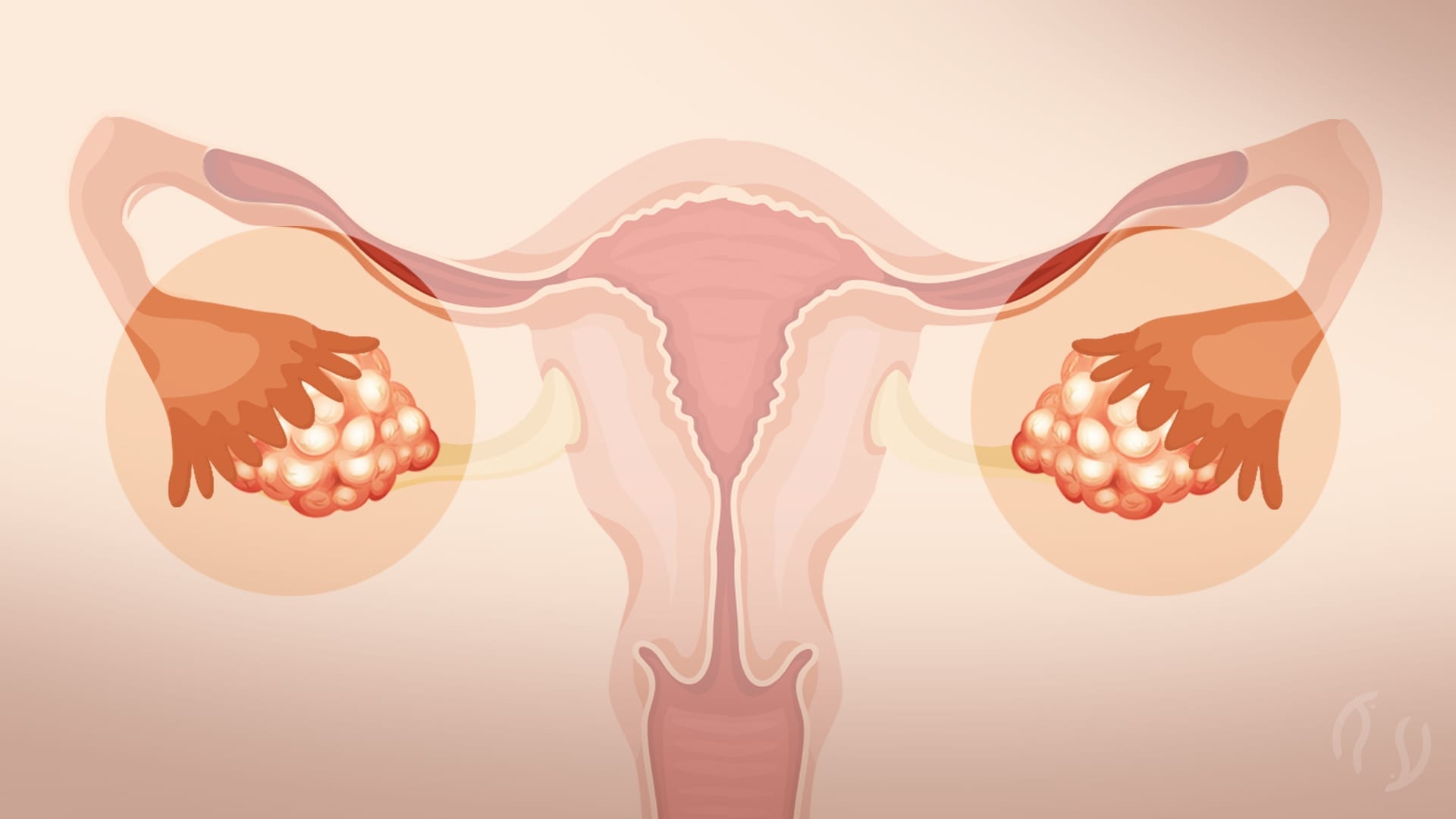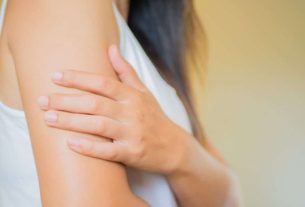Millions of women in Brazil live with polycystic ovarian syndrome. But, do you know what this is? And what does it do to the body?
Polycystic ovarian syndrome (PCOS) affects approximately 5 to 10% of women of reproductive age. In fact, it is more common to occur in women between 30 and 40 years of age.
Above all, PCOS is an endocrinological disease that causes a hormonal disorder, which can cause several problems in the female body.
Basically, this syndrome arises when the pituitary gland, the gland that regulates hormone production, stimulates the release of excess androgens, which are male hormones. Because of this, the maturation of eggs begins to be compromised.
In fact, what is most compromised are the ovaries, the organs on each side of the uterus. It is worth mentioning that they are responsible for the production of female sex hormones. Furthermore, they are the ones who receive the eggs that the woman brings with her from the mother’s womb.
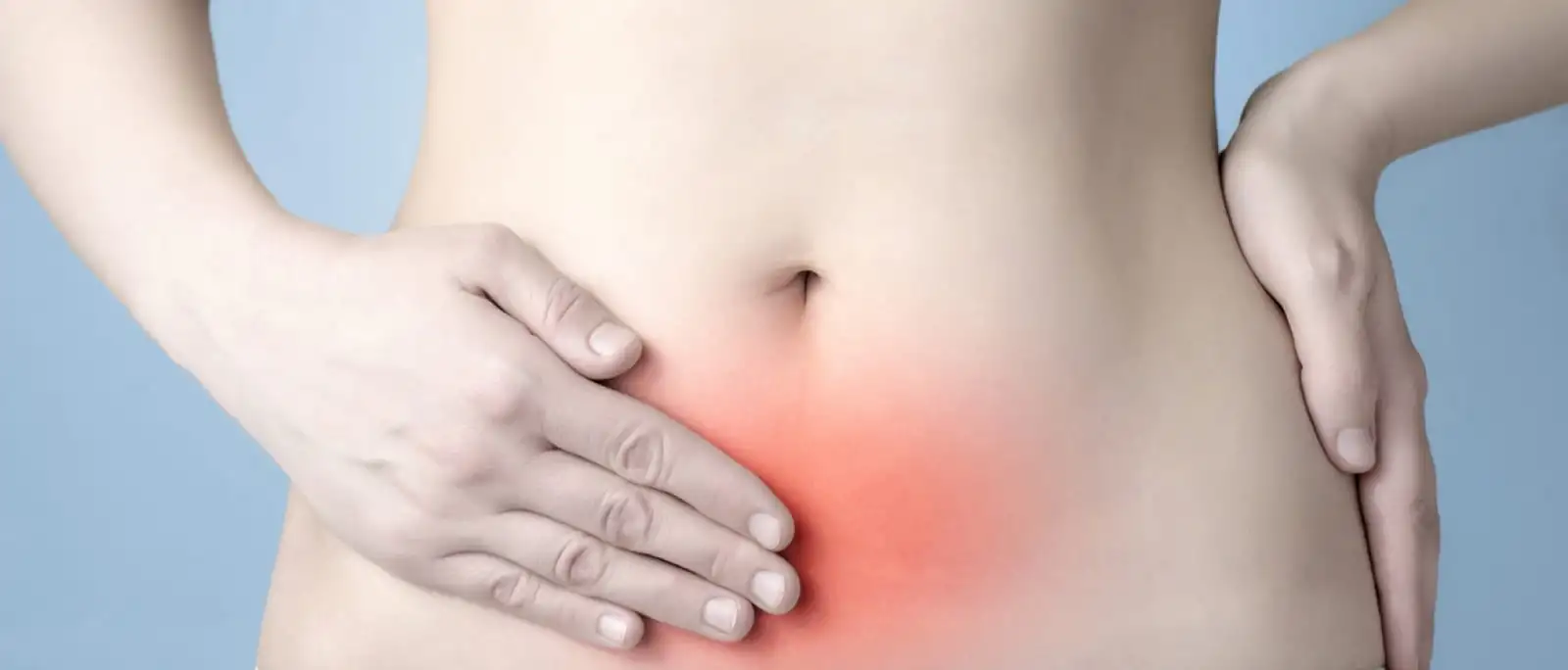
Therefore, the problem can worsen because, with the increase in male hormones in the female body, female hormones normally decrease. Therefore, the female reproductive cell does not develop as it should.
The fact that it does not develop properly causes it to become a hardened follicle, which becomes trapped in the region. In fact, it is worth highlighting that this is the famous ovarian cyst, the bags with liquid or semi-solid material. But don’t worry, we’ll still explain to you the difference between having an ovarian cyst and having polycystic ovary syndrome.
Ovarian cyst X Polycystic ovarian syndrome (PCOS)
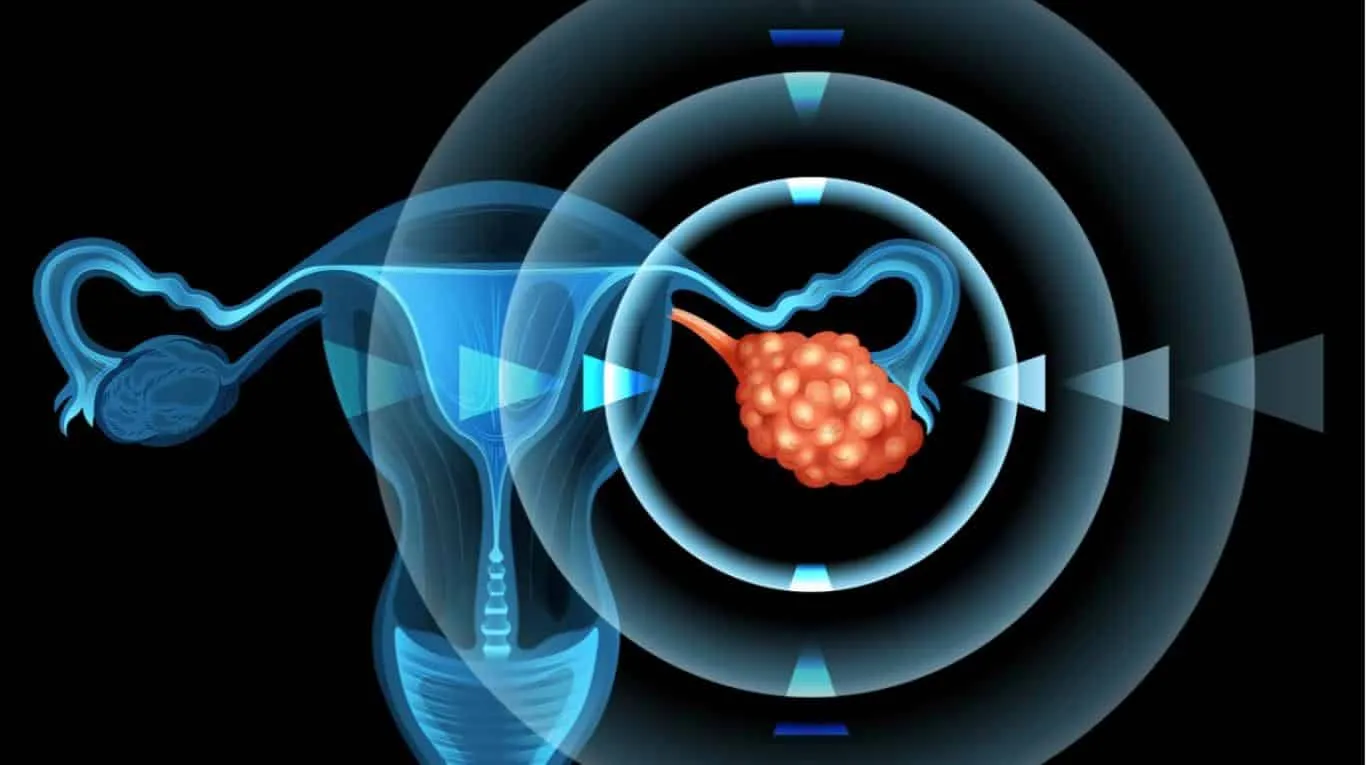
Firstly, it is important to highlight that having an ovarian cyst is not synonymous with having polycystic ovarian syndrome. In fact, the main difference between them is the size and number of cysts. Another difference is the fact that PCOS is only diagnosed if there is an increase in male hormones in the woman’s body.
Above all, in polycystic ovary syndrome, anovulation, an irregular menstrual period, is also common. And of course, you can only confirm that it is the syndrome if, on imaging tests, you find that it is polycystic ovary. That is, if other diseases with similar symptoms are ruled out.
As for the number of cysts, it is common for a cluster to appear in case of PCOS. But, of course, there are cases where patients can have PCOS and still not have ovarian cysts. Especially because the cyst is an isolated case, which appears in the organ and can be removed without any further problems.
Polycystic ovarian syndrome, as it is a hormonal disorder, can cause several other problems. Such as, for example, the clustering of cysts.
This is because excess male hormones can begin to prevent the formation of healthy eggs. Consequently, the menstrual cycle is altered or interrupted. Which can even lead to infertility. Furthermore, due to the increase in androgens, women can develop acne and hair on their face.
Symptoms of Polycystic Ovary Syndrome
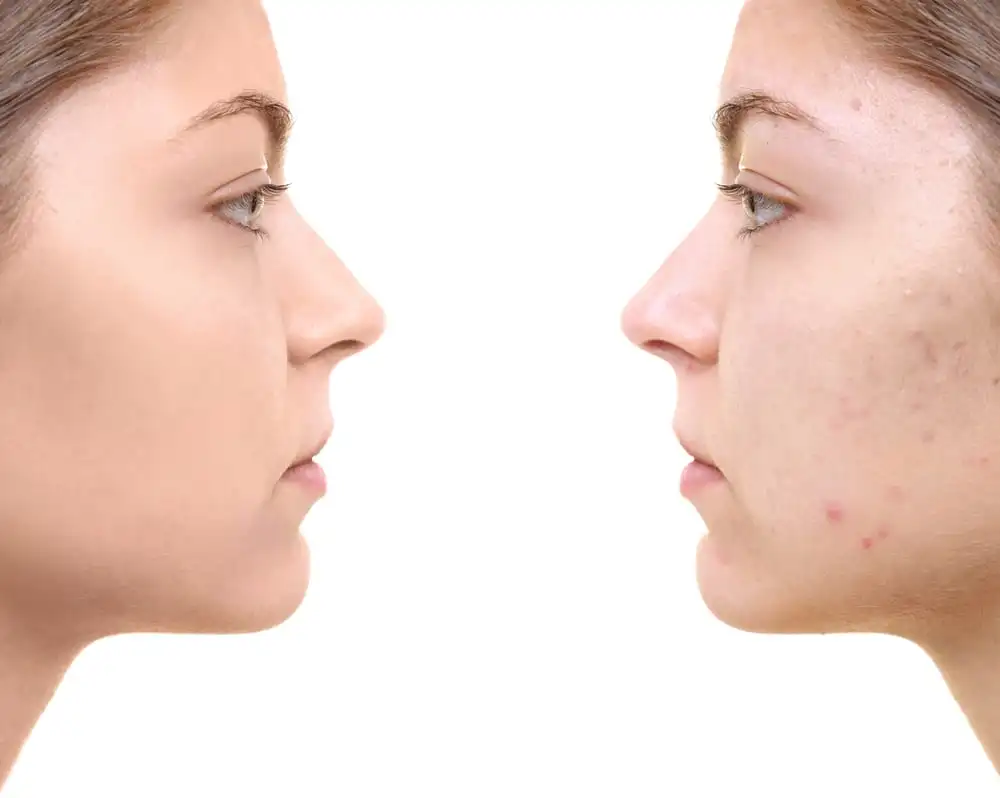
- Difficulty getting pregnant;
- Unregulated or non-existent menstruation;
- Weight gain. Or, a greater tendency towards obesity;
- Hirsutism, the increase in hair on the face, breasts and abdomen;
- Very oily skin;
- Acne, which actually occurs due to the greater production of oily material by the sebaceous glands;
- Loss of hair;
- Depression;
- Infertility;
It is worth noting that these symptoms are the most common. However, each case is different. Furthermore, it is also important to highlight that these symptoms usually begin to appear during adolescence.
Causes and risk factors
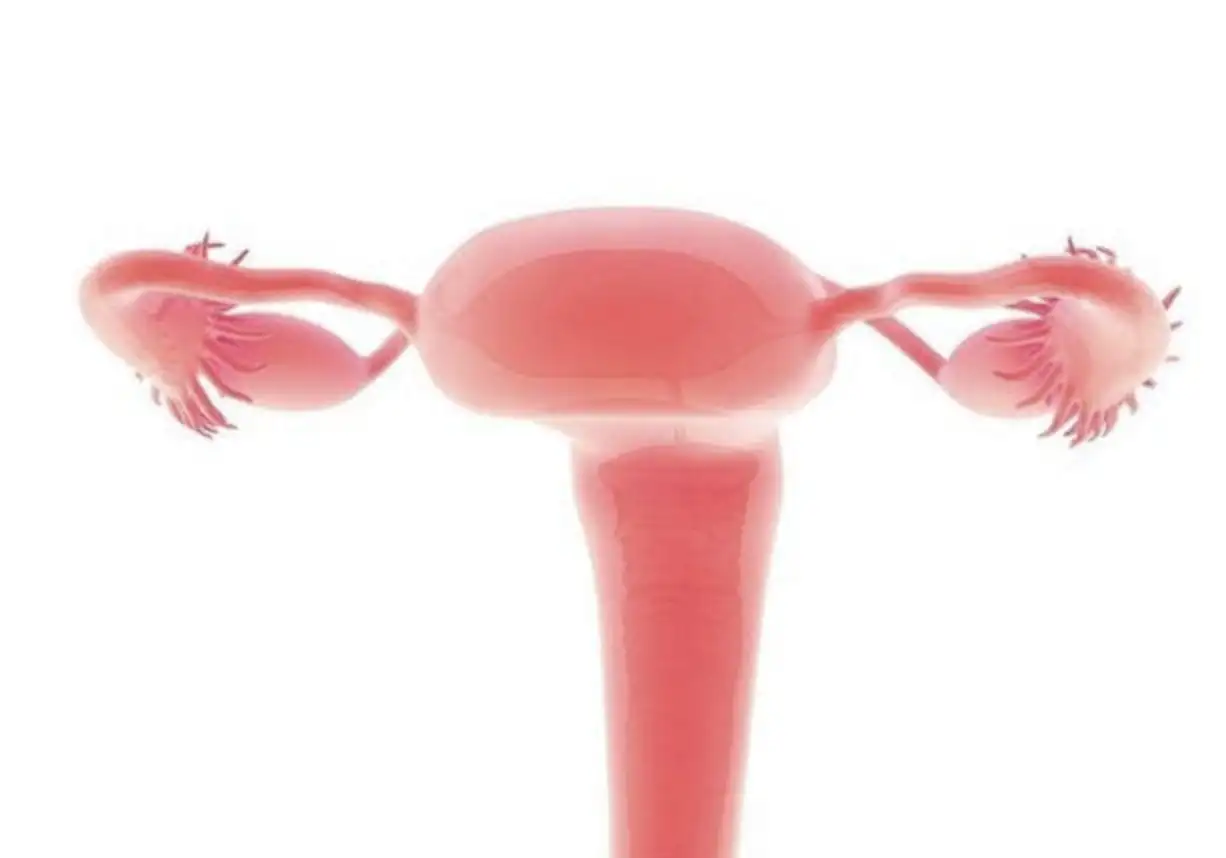
Firstly, before saying what the main risk factors are, it is worth saying that a specific cause of PCOS has not yet been established. However, 50% of women who have polycystic ovarian syndrome have at least one of these factors below:
- Family history;
- Insulin resistance (Hyperinsulinism);
- Obesity.
Furthermore, it is also common in women who have had or have problems with the hypothalamus, pituitary gland and adrenal glands. Or, in women who already produce a greater amount of male hormones.
Now let’s highlight a curiosity about insulin resistance: basically, an imbalance in insulin production can cause the body to trigger type 2 diabetes. Therefore, glucose levels become higher.
This can even harm the ovaries. Therefore, they may begin to produce more androgens than estrogens, which are the female hormones.
Prevention and diagnosis
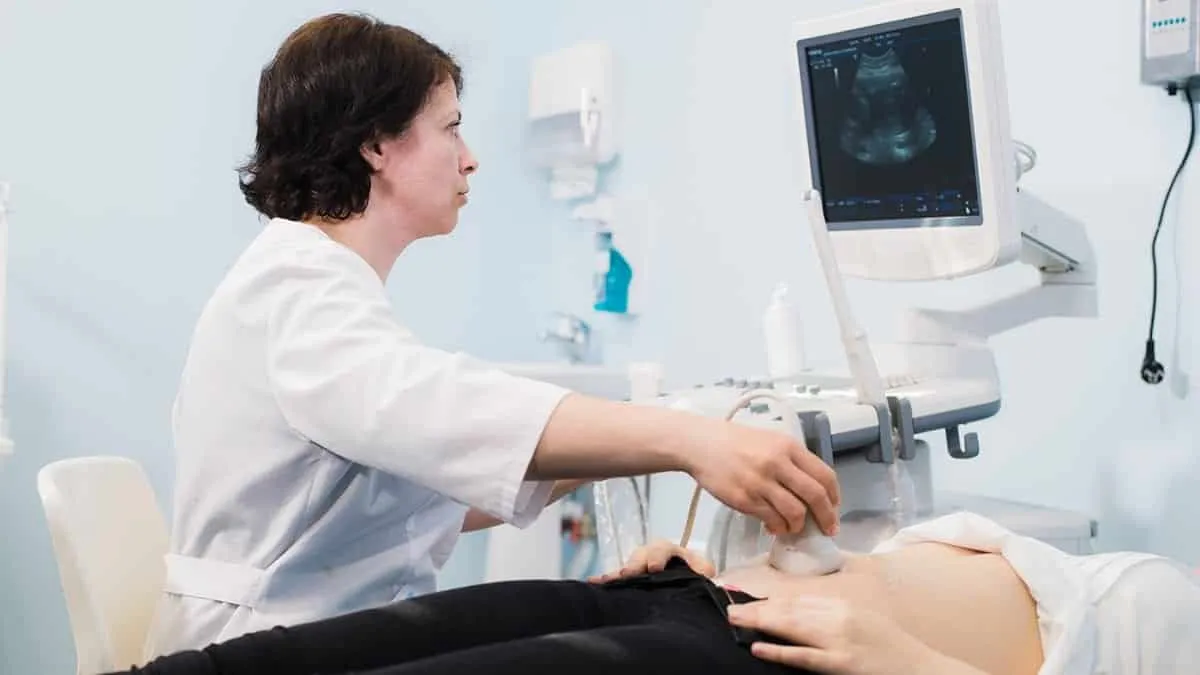
Above all, there is no way to avoid polycystic ovary syndrome. However, there are palliative measures that normalize some of the problems. Like, for example, weight loss.
In general, if you lead a healthier life, with a balanced diet and physical exercise, the risk of developing the disease tends to decrease. In fact, it can also reduce the risk of developing type 2 diabetes, which is one of the factors linked to PCOS. And, above all, a healthier diet is also likely to reduce pimples.
Another form of prevention is to consult a gynecologist frequently. And, mainly, in cases of irregular menstrual cycle and excess hair on the face or body.
Basically, at the gynecologist, you will also find out whether your androgen hormone level is correct or not. And, of course, you will have an ultrasound to find out whether or not your ovaries contain cysts.
Treatment
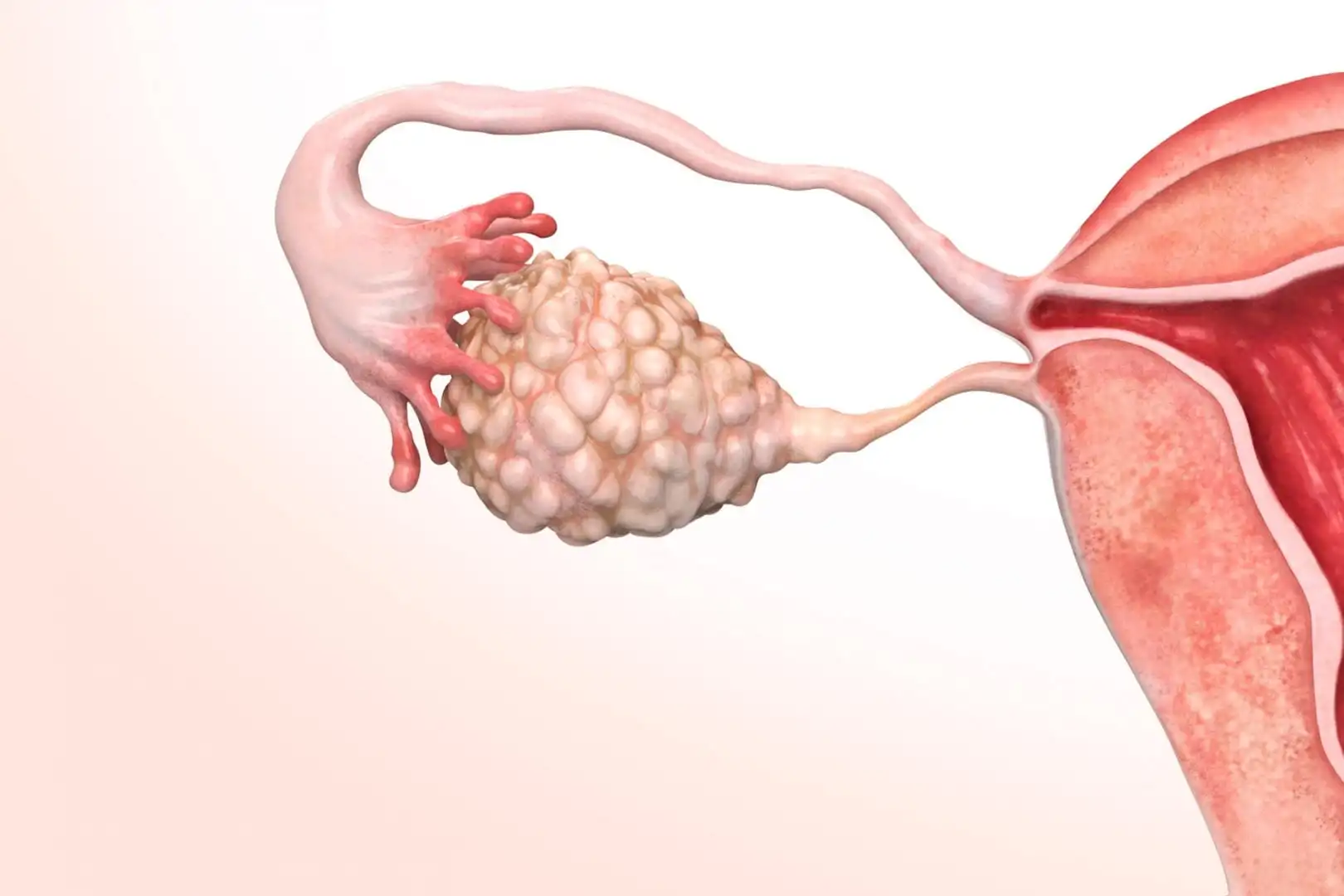
Initially, the most recommended treatment is to lead a healthier lifestyle, with a balanced diet and regular physical activity. Basically, by doing this, the consequences can be avoided, or reduced. It will even reduce the chances of obesity and diabetes.
In cases of insulin resistance, the patient must follow these recommendations, along with medications recommended by the doctor.
And, if the woman does not want to run the risk of becoming pregnant, even though those with the syndrome already have less chance of having a pregnancy, the ideal is to use contraceptive pills. However, you should look for a specialist, as, in this case, it is necessary to measure the amount of hormone.
On the other hand, if the patient wants to get pregnant, the treatment is more complex. Therefore, ovulation must be induced with substances such as gonadotropins and clomiphene. In general, this treatment facilitates pregnancy precisely because the moment of ovulation will become more predictable.
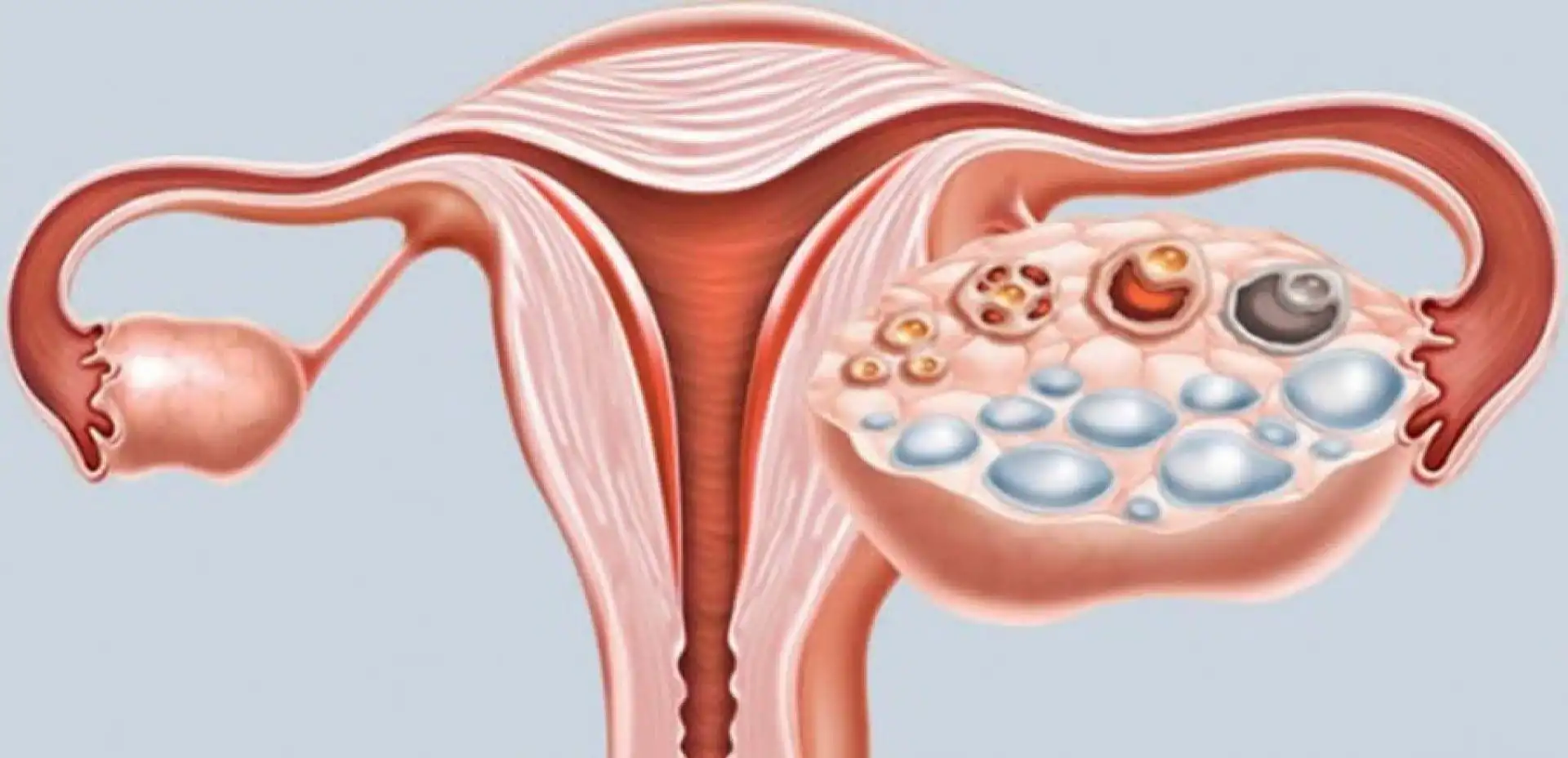
Above all, treatments will always be focused on the symptoms. Because polycystic ovary syndrome is a chronic disease.
Therefore, the ideal would be to control the production of male hormones, avoid obesity and look for methods to regularize menstruation. In a way, by doing this, other aspects of the syndrome, such as hair growth, acne and diabetes, will have a lower risk of appearing.
However, it is worth highlighting that, to date, no cure for PCOS has been discovered. Therefore, in cases of suspected PCOS, consult your endocrinologist or gynecologist.
Recommendations
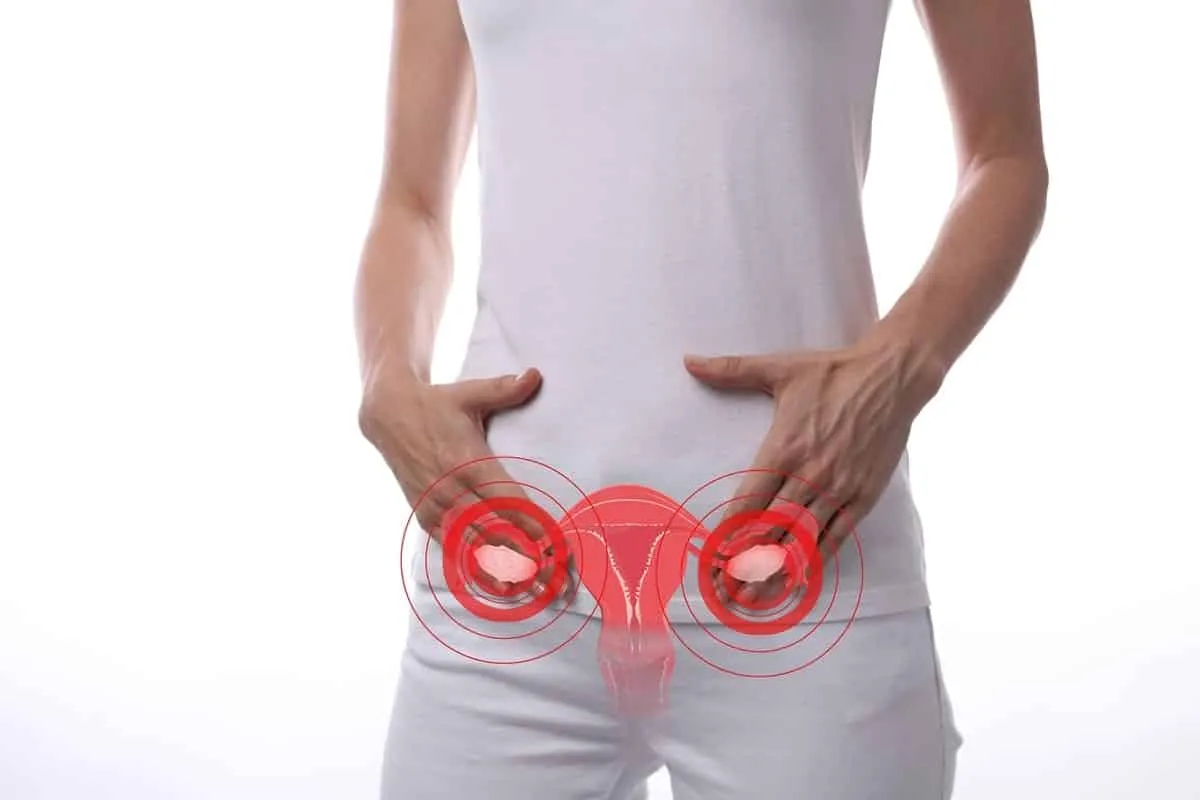
- Consult your gynecologist regularly;
- Don’t be careless.
- Women with polycystic ovaries, as they have more hair, can undergo removal procedures. Such as electrolysis, laser among others;
- Control your weight to avoid obesity. And especially with low-carb diets. Basically, obesity can worsen the symptoms of polycystic ovary syndrome, in addition to causing a series of complications in itself;
- Physical activity for at least 30 minutes, five days a week, is essential. In fact, physical activities are necessary both to maintain weight and to prevent cardiovascular problems.
Curiosities
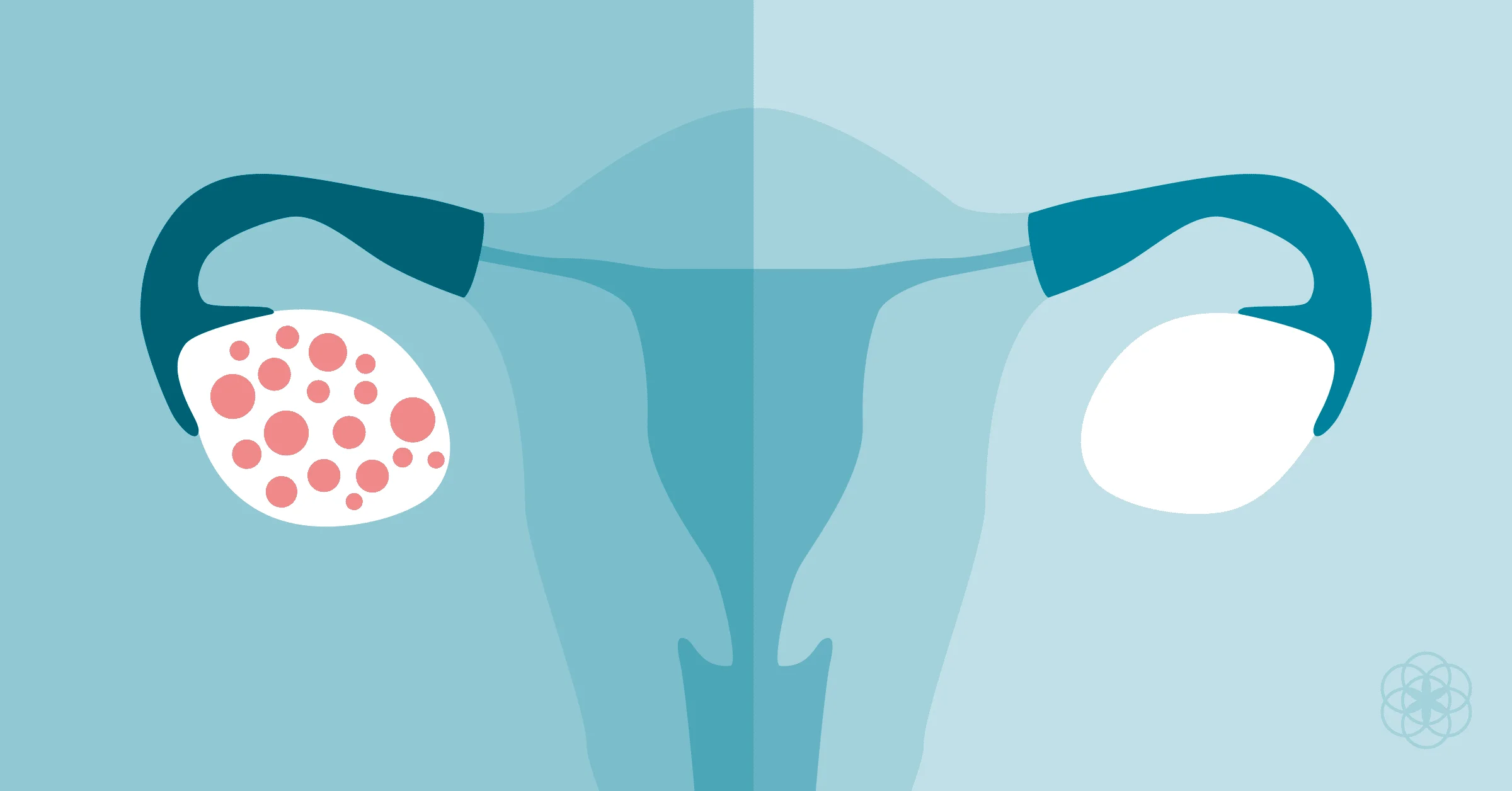
- 1 in 15 women of reproductive age have PCOS and insulin resistance affects 50 to 70% of women with the syndrome, this resistance is independent of the woman’s body weight.
- Although PCOS is the cause of menstrual irregularity, in 85% of young women, it is a disorder, which can manifest itself in different ways.
- Furthermore, PCOS is associated with a higher risk of developing other diseases. Such as endometrial cancer, tumor located on the inner wall of the uterus, heart attack and diabetes.
- Among the medication options, oral contraceptives have been widely used and are safe and effective in patients without major metabolic comorbidities.
- As it is a syndrome, with several symptoms, treatment must include several medications. As oral hypoglycemic agents (in cases of insulin resistance); medicine to reverse infertility, cosmetics against acne and therapies to control stress and anxiety;
- Women with polycystic ovaries are more likely to develop cardiovascular problems during menopause;
- Women with PCOS generally have higher percentages of fat, cholesterol, testosterone and glucose;
- Diet and exercise are the best forms of treatment for PCOS. Therefore, doing this improves insulin resistance and the return of ovarian cycles. In addition to weight loss;
- With adequate drug treatment, approximately 50% to 80% of patients ovulate and 40% to 50% become pregnant.
- Despite being common, Polycystic Ovary Syndrome manifests itself in different ways in women and for this reason its treatment must be individualized.
Anyway, what did you think of our article?
Come check out more articles from the Women’s Area: Endometriosis, what is it? Causes, types, symptoms, treatment
Sources: Saúde.Abril, Drauzio Varella, Brazilian Society of Endocrinology and Metabology
Featured image: Dr. Luiz Flávio

Sign up for our newsletter and stay up to date with exclusive news
that can transform your routine!
Warning: Undefined array key "title" in /home/storelat/public_html/wp-content/plugins/link-whisper-premium/templates/frontend/related-posts.php on line 12
Warning: Undefined array key "title_tag" in /home/storelat/public_html/wp-content/plugins/link-whisper-premium/templates/frontend/related-posts.php on line 13

